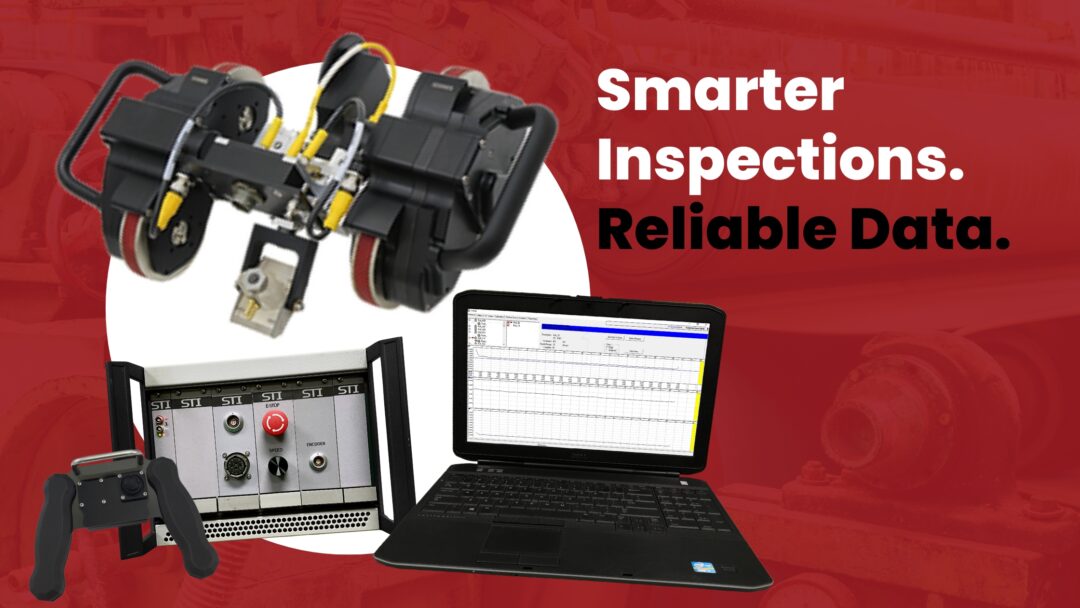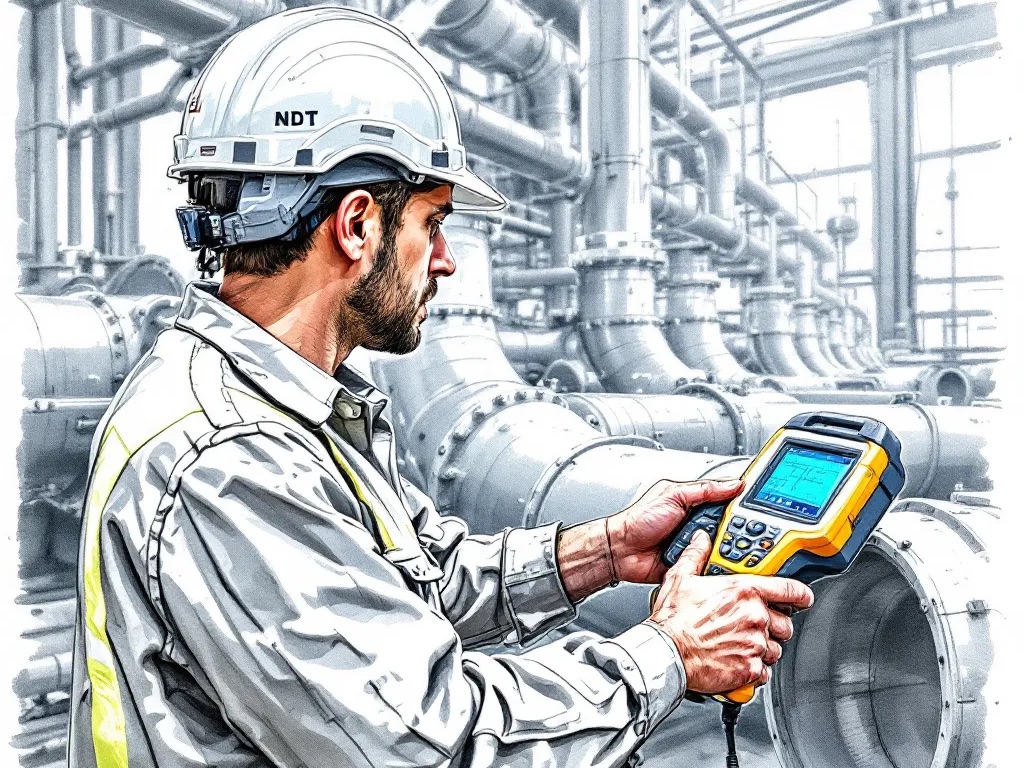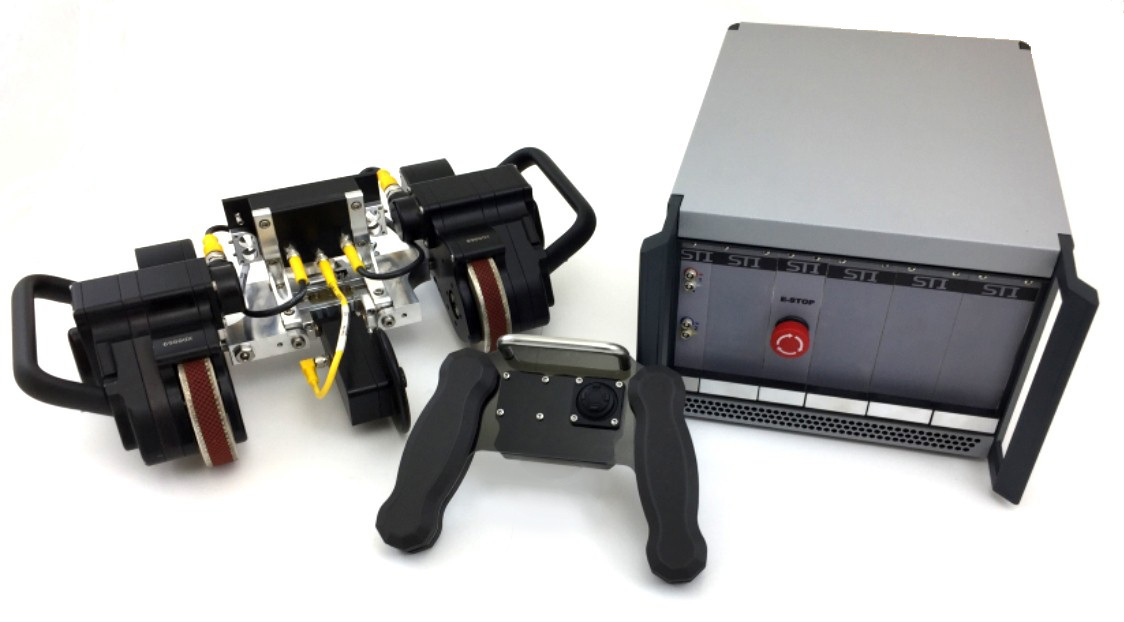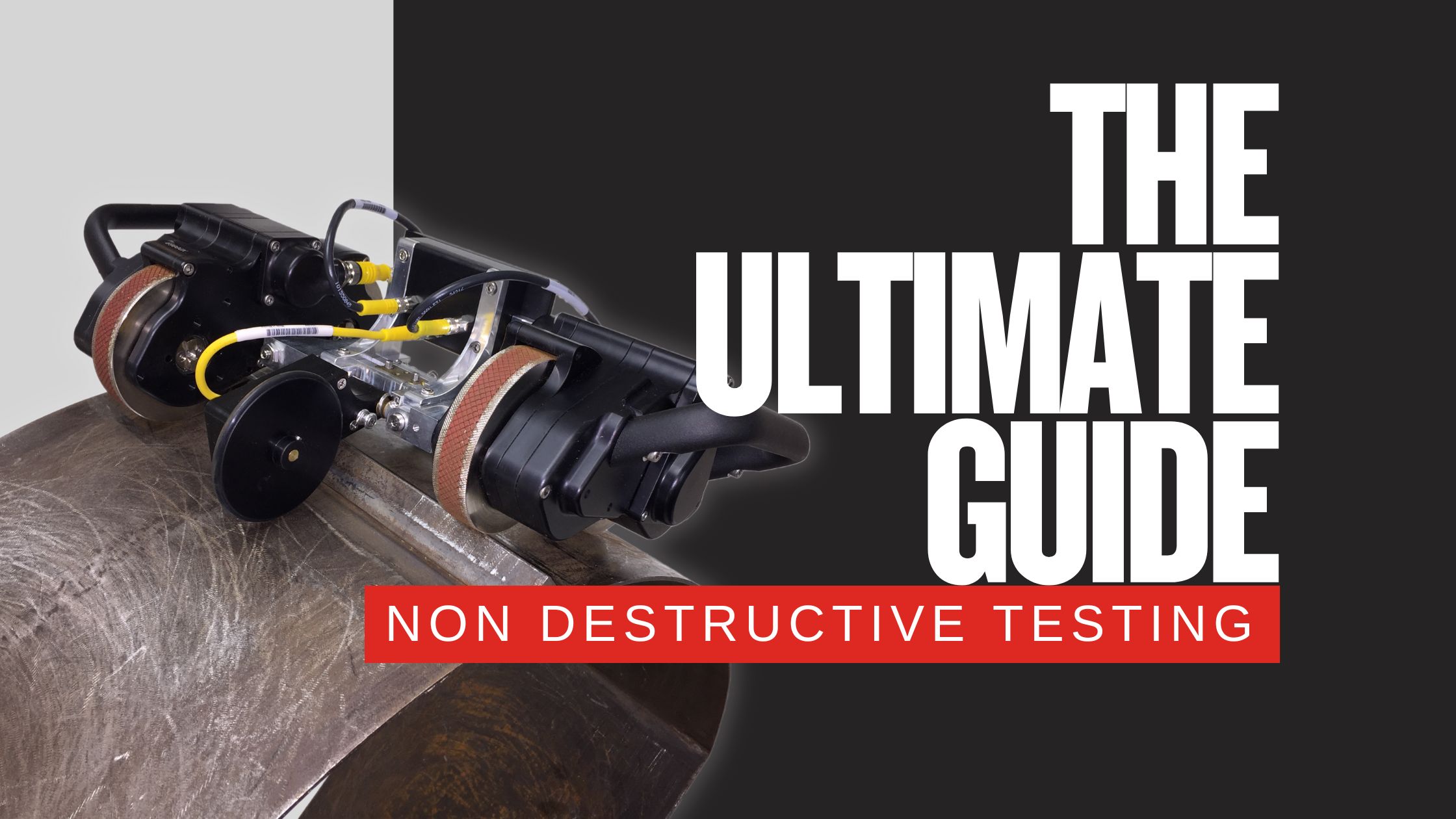Table of Contents
Paper manufacturing relies heavily on the efficiency and integrity of paper dryer rollers. These components endure extreme conditions—heat, pressure, and constant rotation—all of which make them susceptible to various failure mechanisms. From corrosion and pitting to fatigue cracks and shell thinning, these issues can lead to costly downtime and even catastrophic failures if not caught early.
So how do we ensure these critical components remain fit for service?
Ultrasonic scanning with robotics, particularly ScanTech’s D2S system, has revolutionized paper dryer roller inspections.
Failure Mechanisms in Paper Dryer Rollers
- Corrosion and Erosion: High temperatures and exposure to steam or chemicals can lead to surface and subsurface deterioration.
- Fatigue Cracks: Repeated cyclic stresses can initiate cracks that propagate over time.
- Shell Thinning: Gradual wear reduces the roller’s structural integrity, increasing the risk of collapse.
- Misalignment Damage: Uneven loading from misaligned rollers can cause localized wear or deformation.
Traditional inspection methods, often manual and time-consuming, struggle to pinpoint these issues efficiently. This is where robotics come in.
How Robotic Ultrasonic Inspection Addresses These Challenges
Ultrasonic testing is already a proven method for detecting subsurface defects and measuring material thickness. However, the challenge lies in applying it efficiently and reliably across large, often inaccessible surfaces. Robotic ultrasonic scanners bridge this gap with precision and automation. Plus, using the right robotic systems with features that have been developed by people who are from the NDT industry, helps to ensure higher resolution and probability of detection not achievable otherwise in this application.
ScanTech’s D2S system is purpose-built for this. Here’s why it stands out:
- Access Challenges Solved:
Paper dryer rollers are massive, cylindrical structures often housed in tight spaces. Manual inspection may require dismantling or scaffolding, leading to extended downtime. The D2S robotic system maneuvers easily around these constraints with its compact design and magnetic wheels, clinging securely to curved surfaces without disassembly. - Efficiency and Speed:
The D2S system scans large surface areas quickly, providing high-resolution ultrasonic data in real-time. This speed reduces downtime and ensures more frequent inspections without interrupting production schedules. - Accuracy and Reliability:
Equipped with advanced ultrasonic probes, the D2S system detects even the smallest defects. Its automated design minimizes human error, ensuring consistent and reproducible results. - Data-Driven Decisions:
Integrated software offers detailed reporting and defect visualization, helping plant operators make informed maintenance decisions.
The Bottom Line
Inspections are no longer about finding defects the hard way—they’re about leveraging smart technology to find them before they become problems. ScanTech’s D2S robotic system exemplifies this forward-thinking approach, addressing both technical and logistical challenges with ease.
By combining the precision of proper ultrasonic testing with the power of robotics, ScanTech delivers a solution that not only keeps paper dryer rollers running efficiently but also revolutionizes how inspections are conducted. Whether it’s overcoming accessibility issues, minimizing downtime, or providing actionable insights, the D2S system proves itself as an indispensable tool for the paper manufacturing industry.








